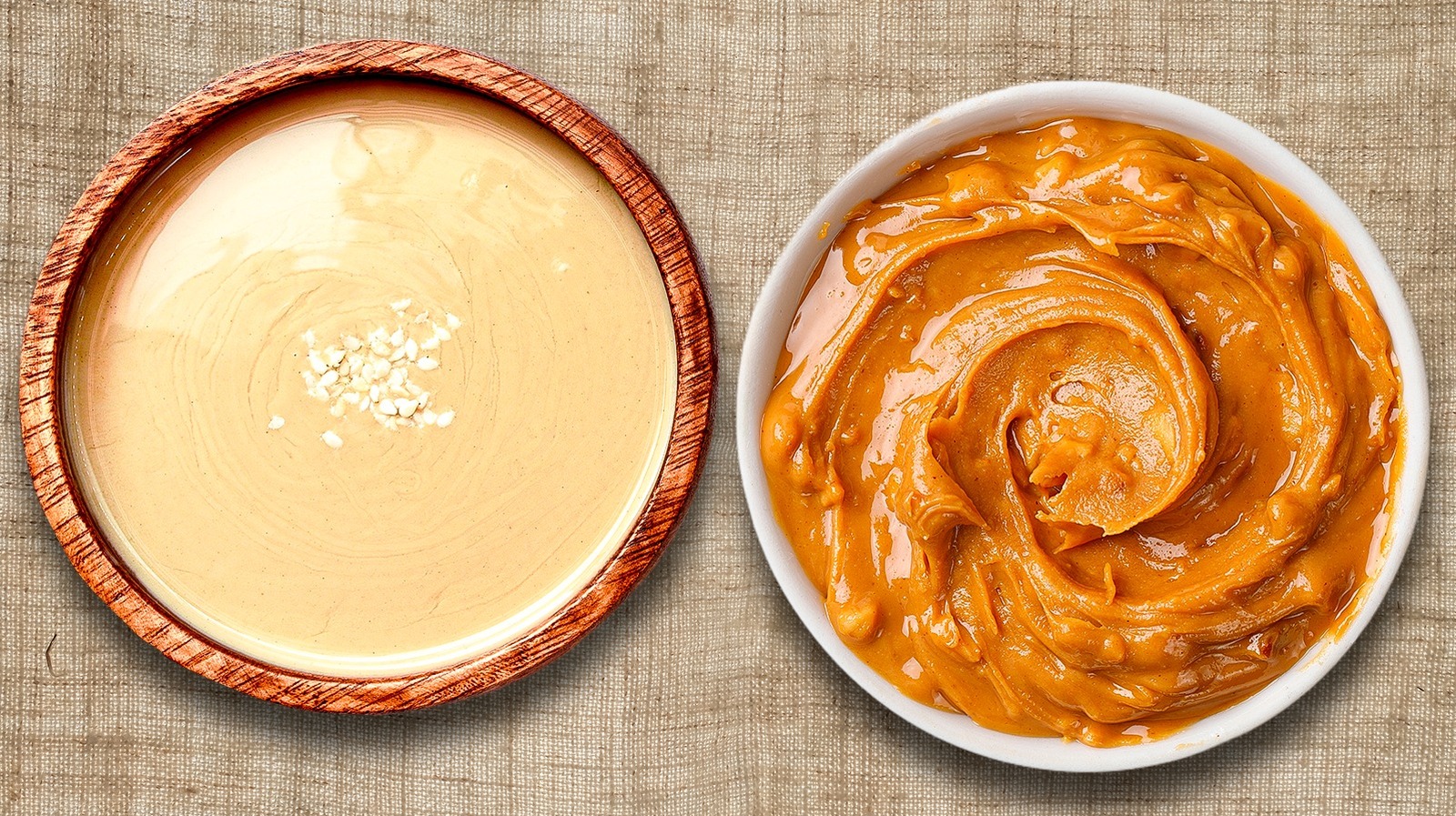
"Peanut butter and tahini have a lot in common: Both are made by grinding seeds or legumes into a thick paste, both can be spread on toast, whisked into dressings, or blended into smoothies, and both are calorie-dense staples that pack a mix of fat, protein, and minerals. On the creamy surface, they might even look interchangeable. But when it comes to their nutritional profiles, there are some key differences that can be helpful to know about,"
"Peanut butter provides about 6 to 8 grams of protein per two-tablespoon serving, while tahini comes in closer to 5 to 6 grams, depending on density. That may not sound like much, but if you're leaning on nut or seed spreads as a protein boost, peanut butter does more of the heavy lifting. Calories are pretty close, roughly 190 in peanut butter to 170 in tahini, so the distinction is in composition, not energy."
Peanut butter and tahini are ground seed or legume pastes that provide fat, protein, and minerals but differ nutritionally. Peanut butter offers about 6–8 grams of protein per two tablespoons and is richer in monounsaturated fats, vitamin E, and niacin. Tahini contains roughly 5–6 grams of protein per serving, slightly fewer calories, and higher amounts of fiber, calcium, magnesium, iron, lignans, and other antioxidants with anti-inflammatory associations. Both spreads are nutrient-dense but serve different dietary roles and contribute different micronutrients and culinary flavors.
Read at Tasting Table
Unable to calculate read time
Collection
[
|
...
]